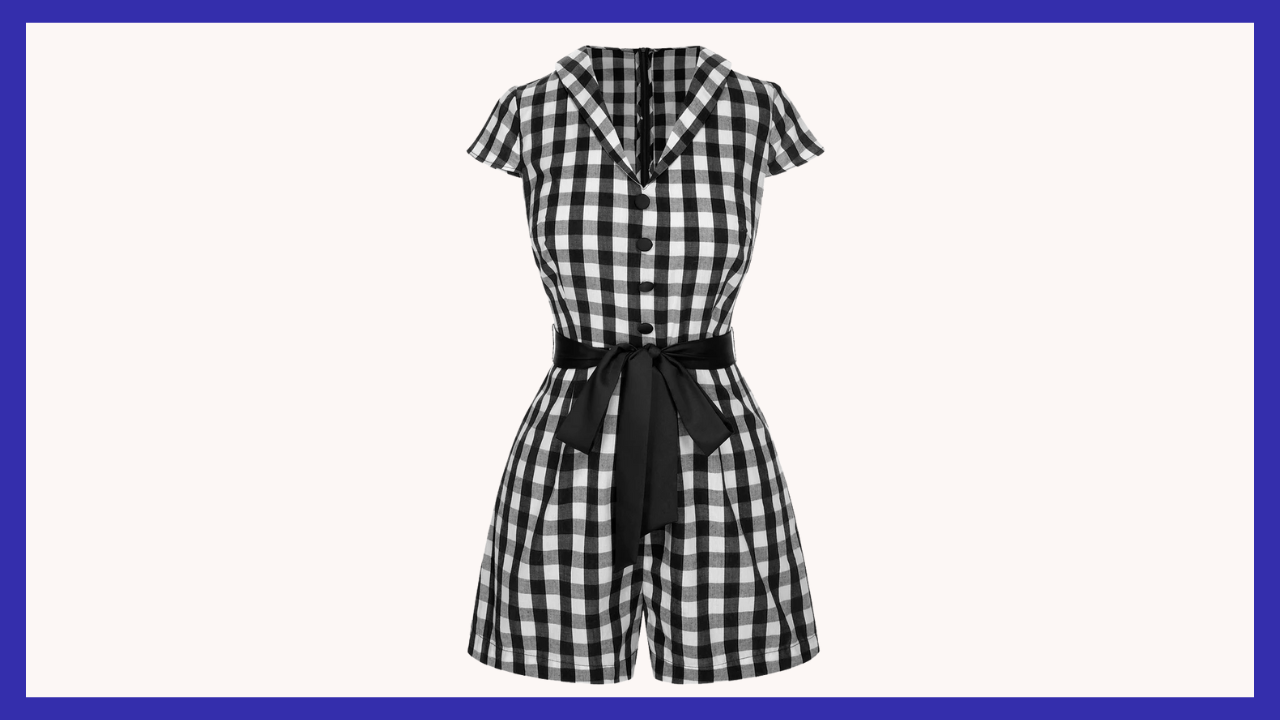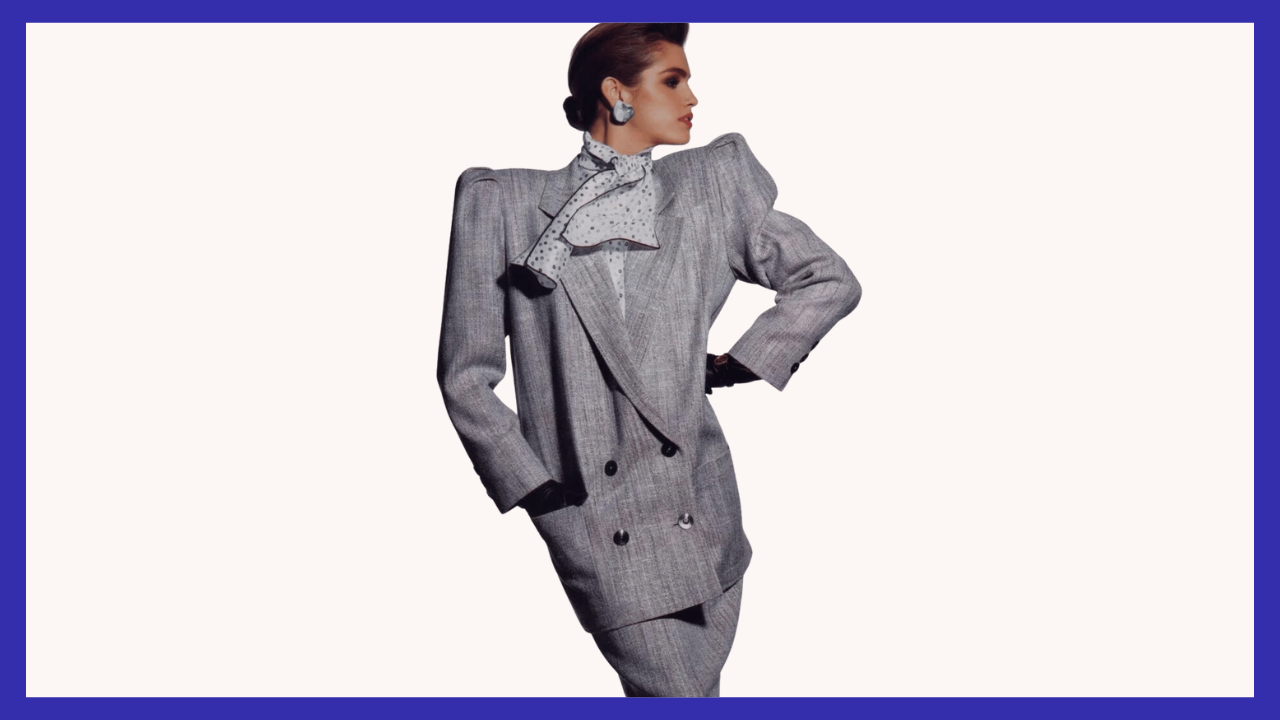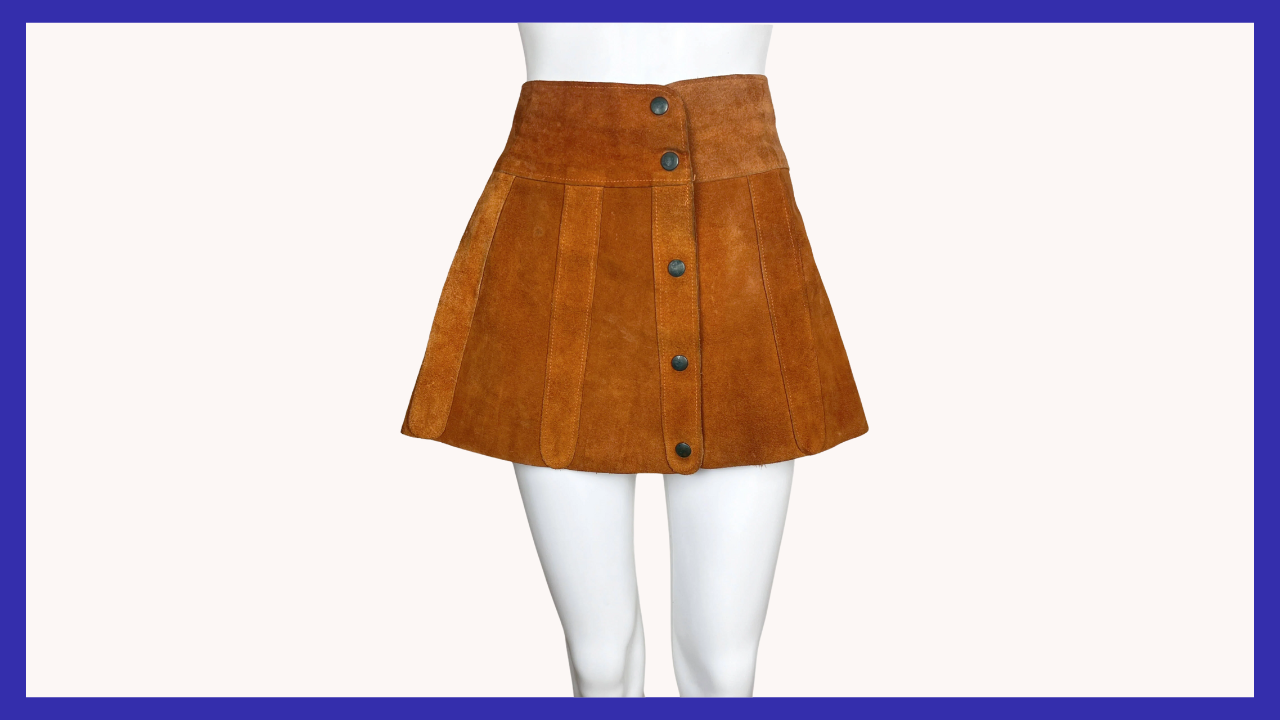AllVintageStyles
The Ultimate Vintage Fashion Encyclopedia
Romper

One-piece garment combining shorts with attached top, designed for casual leisure activities and beach wear during mid-century American fashion.
Quick Facts
- Era: 1940s-1960s (peak popularity 1945-1965)
- Origin: United States (post-war casual leisure wear movement)
- Garment Type: One-piece short jumpsuit with attached top and bottom
- Key Identifiers: Button-front closure, fitted bodice, shorts hemline, cotton construction
- Typical Resale Price: $85-$250 (authentic vintage pieces)
- Best For: Vintage summer events, pin-up enthusiasts, retro casual wear collectors
History & Evolution
Rompers emerged in the 1940s as practical leisure wear for American women embracing post-war casual lifestyles. Initially designed for beach activities and backyard relaxation, the garment combined shorts functionality with modest coverage. Early versions featured cotton construction, button-front closures, and fitted bodices that maintained feminine silhouettes while allowing freedom of movement.
Peak popularity occurred during the 1950s as suburban culture embraced outdoor entertaining and casual socializing. Rompers appeared in department stores as "playsuits" marketed for gardening, picnics, and vacation wear. Manufacturers offered various styles including halter tops, strapless versions, and coordinated sets with matching jackets. The garments represented modern American women's increasing participation in recreational activities.
By the late 1960s, rompers evolved into more fitted designs influenced by mod fashion and youth culture. The style temporarily declined during the 1970s as separate coordinates became preferred casual wear. Vintage rompers from the 1940s-1960s represent a specific era of American leisure culture when one-piece casual garments symbolized post-war optimism and changing lifestyle patterns.
Authentication Tips
Authentic 1940s-1960s Features:
- Cotton or cotton-blend fabrics with substantial weight and natural drape
- Metal zippers or button-front closures with period-appropriate hardware
- Side seam or back zip closures typical of mid-century construction
- Internal bust darts and fitted waist seaming showing tailored construction
- Hand-finished hems and seam details indicating quality manufacturing
Common Reproductions/Modern Pieces:
- Synthetic fabrics with modern stretch properties and artificial sheen
- Contemporary plastic zippers or snap closures not available in vintage periods
- Modern fit proportions designed for current body measurements
- Machine-serged seam finishes replacing hand-finished vintage techniques
- Simplified construction lacking internal structure and tailored details
Styling & Use Cases
- Best for pin-up enthusiasts: Pair with vintage-inspired accessories, retro sunglasses, and period-appropriate shoes for authentic 1950s casual styling
- Ideal for vintage events: Combine with cardigans and vintage jewelry for garden parties, picnics, and retro-themed gatherings
- Perfect for summer collectors: Wear with period sandals and vintage handbags for authentic mid-century leisure looks
Modern styling tips:
- Layer with contemporary blazers for updated casual-professional looks while maintaining vintage silhouette
- Accessorize with modern sneakers and minimal jewelry for contemporary casual wear inspired by vintage styling
- Use as base for layered outfits with modern cardigans and contemporary accessories
FAQ
Q: How can I tell if a romper is authentic 1940s-1960s vintage?
A: Examine fabric quality for natural cotton construction, check for metal hardware and period-appropriate closures, and look for internal tailoring details like bust darts and hand-finished seams. Authentic pieces show superior construction compared to modern casual wear.
Q: What's the typical price range for vintage rompers?
A: Authentic 1940s-1960s rompers range from $85-$250, with factors including designer labels, condition, rarity of print or style, and original construction quality. Pieces by known manufacturers or with unusual details command higher collector prices.
Q: How should I care for a vintage romper?
A: Hand wash in cool water or professional cleaning to preserve cotton fibers and vintage construction. Avoid machine washing which can stress seams and damage period hardware. Store hung or flat to maintain shape and prevent fabric stretching.
Q: What makes 1940s-1960s rompers valuable to collectors?
A: Cultural significance as symbols of post-war American leisure culture, superior cotton construction and tailoring compared to modern casual wear, and historical documentation of changing women's lifestyle patterns. Authentic pieces represent specific era of recreational fashion innovation.
📷: Retro Stage



